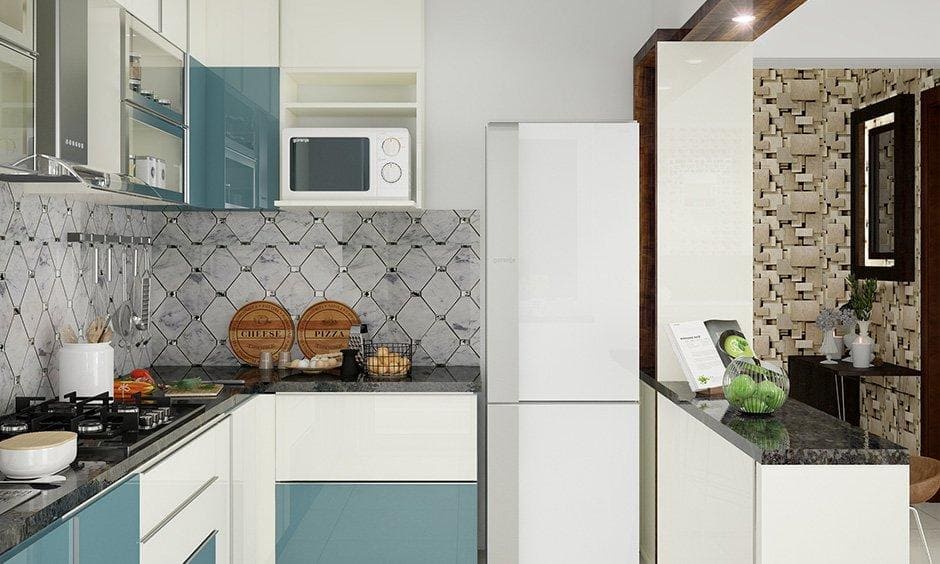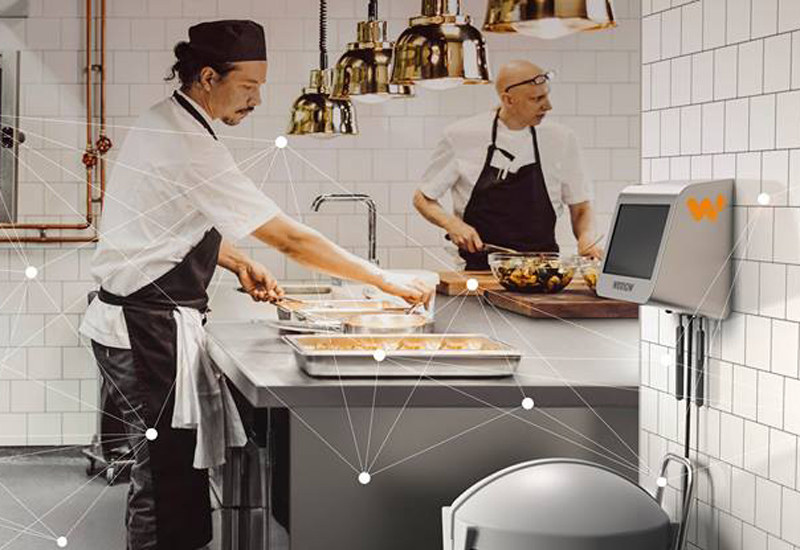Imagine walking into your home and having your favorite music play automatically, the lights adjust to your preferred brightness, and the temperature set to your comfort levelall without lifting a finger. This is the magic of wireless home automation. In this guide, we will explore how this technology is transforming homes into smart and efficient living spaces.
The concept of a wireless home automation guide is not just about convenience; it’s about creating a seamless environment that adapts to your lifestyle. This technology allows homeowners to control various aspects of their homes remotely, making life easier and more enjoyable. From controlling lights to managing security systems, wireless home automation is revolutionizing the way we live.

Understanding Wireless Home Automation
What is Wireless Home Automation?
Wireless home automation refers to the use of technology to control home functions such as lighting, climate, entertainment systems, and appliances without the need for physical connections. This system uses wireless communication methods like Wi-Fi, Bluetooth, and Zigbee to connect devices and allow remote control through smartphones or voice commands.
How Does Wireless Home Automation Work?
Wireless home automation systems work by connecting smart devices to a central hub. This hub communicates with the devices using wireless signals, allowing you to control them through a mobile app or voice assistant. For example, when you use a voice command to turn on the lights, the hub sends a signal to the smart bulbs to turn on.
Benefits of Wireless Home Automation
Enhanced Convenience
One of the primary benefits of wireless home automation is the convenience it offers. You can control various home functions from anywhere, whether you’re at home or miles away. This means you can adjust your home’s temperature or check security cameras while you’re on vacation.
Energy Efficiency
Wireless home automation systems can significantly reduce energy consumption. By using smart thermostats and lighting systems, you can optimize energy usage and reduce your carbon footprint. These systems learn your habits and adjust settings accordingly to save energy.
Improved Security
Home automation systems offer enhanced security features such as smart locks, surveillance cameras, and motion detectors. You can monitor your home in real-time and receive alerts in case of any suspicious activity. This adds an extra layer of security to your home, giving you peace of mind.
Key Components of Wireless Home Automation
Smart Hubs
The smart hub is the brain of your home automation system. It connects all your smart devices and allows you to control them through a single interface. Popular smart hubs include Amazon Echo, Google Nest Hub, and Samsung SmartThings.
Smart Devices
Smart devices are the building blocks of your home automation system. These include smart bulbs, thermostats, security cameras, and more. Each device can be controlled remotely and is designed to enhance your home’s functionality.
Wireless Protocols
Wireless protocols like Wi-Fi, Bluetooth, and Zigbee are essential for communication between devices. Each protocol has its own advantages, and the choice depends on your specific needs and preferences.
Setting Up Your Wireless Home Automation System
Choosing the Right Devices
When setting up your wireless home automation system, it’s important to choose devices that are compatible with your smart hub. Consider your specific needs and budget when selecting devices. Start with a few key devices and expand your system over time.
Installation and Configuration
Most smart devices are easy to install and configure. Follow the manufacturer’s instructions for installation and use the mobile app to connect the devices to your smart hub. Ensure that all devices are connected to the same wireless network for smooth operation.
Challenges and Considerations
Compatibility Issues
One of the challenges of wireless home automation is ensuring compatibility between devices. Not all devices work with every smart hub, so it’s important to verify compatibility before purchasing.
Security Concerns
While home automation systems offer increased security, they also pose potential risks. Ensure that your wireless network is secure and regularly update your devices to protect against cyber threats.
The Future of Wireless Home Automation
Advancements in Technology
The future of wireless home automation looks promising with advancements in technology. Innovations such as artificial intelligence and machine learning are expected to enhance the capabilities of smart home systems, making them more intuitive and efficient.
Integration with AI
The integration of AI in home automation systems will allow for more personalized and adaptive experiences. AI can analyze data from your smart devices to predict your preferences and automate tasks accordingly.
Conclusion
The wireless home automation guide provides a comprehensive overview of how this technology is transforming modern living. By embracing wireless home automation, homeowners can enjoy increased convenience, energy efficiency, and security. As technology continues to advance, the possibilities for home automation are endless.

FAQs
What are the benefits of wireless home automation?
Wireless home automation offers convenience, energy efficiency, and enhanced security, allowing you to control various home functions remotely.
How do I choose the right smart devices?
Consider your needs, budget, and compatibility with your smart hub when choosing smart devices. Start with essential devices and expand your system as needed.
Are wireless home automation systems secure?
Yes, but it’s important to ensure your wireless network is secure and to regularly update your devices to protect against potential threats.
For more information on smart home automation, visit Smart Ways to Automate and explore our internal resources on Smart Home vs Traditional Home.





